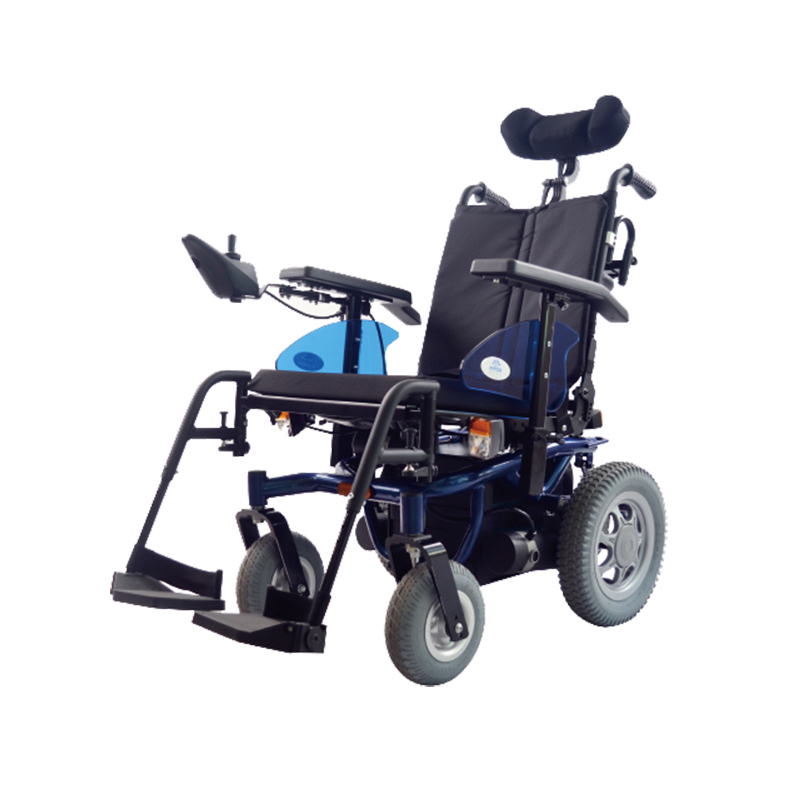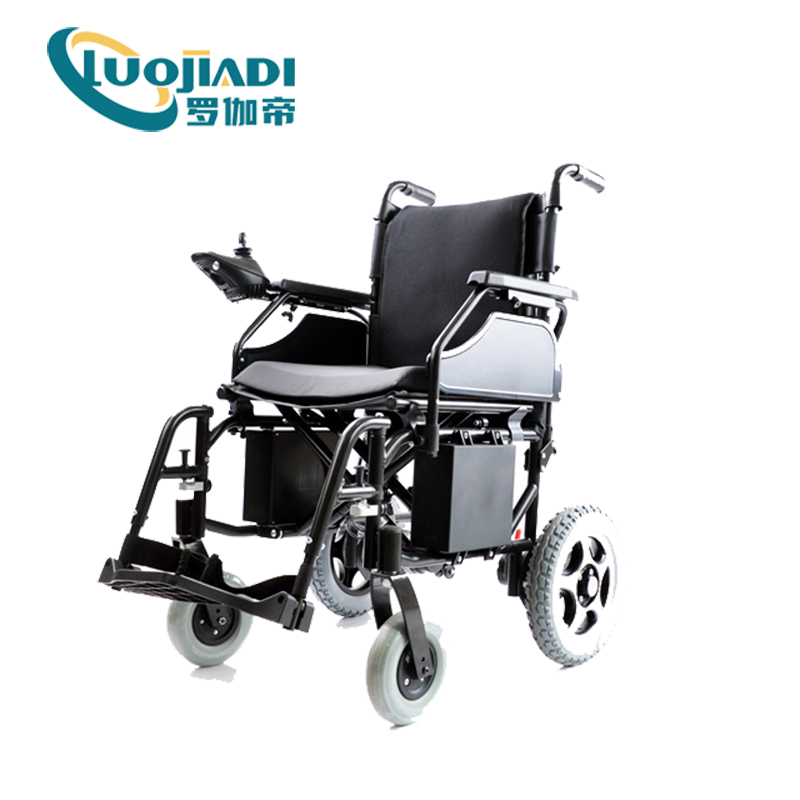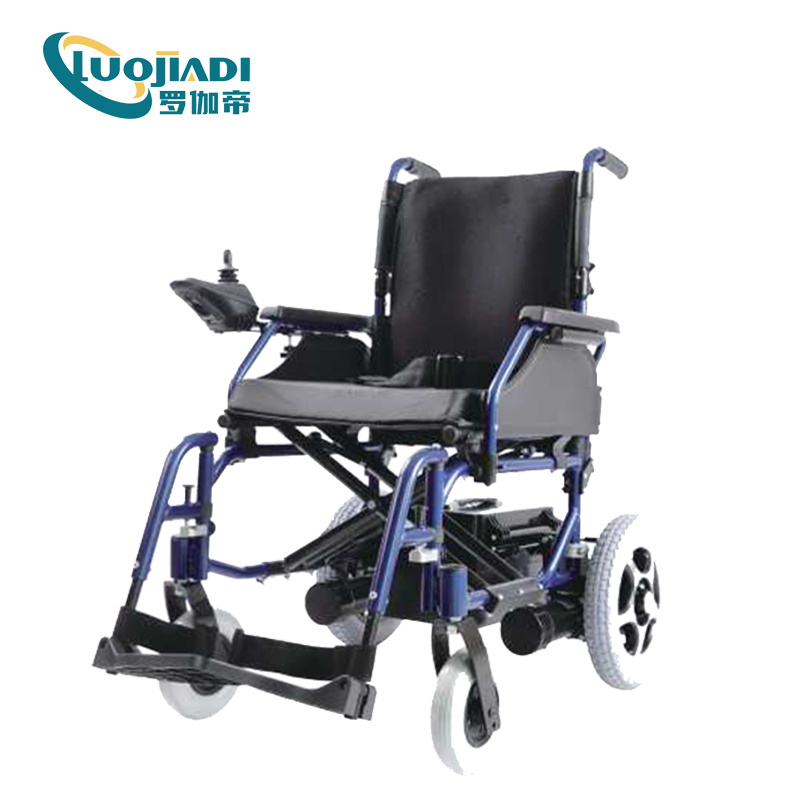Release date: 2017-04-01 On March 28, a Japanese man in his 60s became the first person in the world to receive allogeneic induced pluripotent stem cells (iPSCs) [1]! If follow-up studies prove that the treatment has achieved good results, then this is undoubtedly another milestone in the clinical application of iPSCs, and an important turning point for the standardization and generalization of iPSCs treatment. Dr. Masayo Takahashi, from the RIKEN Center for Developmental Biology, Japan, is familiar with this clinical trial. Two weeks ago, she just published the results of a clinical trial of autologous cell-derived iPSCs for macular degeneration in the New England Journal of Medicine. Dr. Takahashi Yada In the experiment of the year, Dr. Takahashi obtained iPSCs by reprogramming the patient's own skin cells. This time, they took another step forward and differentiated the retinal pigment epithelial (RPE) cells with iPSCs derived from other skin cells and transplanted them to the man in his 60s! Although the clinical trials of the year were very smooth, iPSCs also showed its potential, but clinical trials were forced to stop due to two tiny genetic mutations in iPSCs and RPE cells. After that, Japan also amended the relevant laws on regenerative medicine. Until February of this year, the Japanese Ministry of Health approved their second clinical trial – recruiting 5 patients with macular degeneration as volunteers to transplant allogeneic iPSCs, and the 60-year-old male is the first. Volunteers. In addition to transforming the body into a foreign body, in this clinical trial, the researchers replaced the transplanted "cell sheet" with a "cell suspension." In the last clinical trial, the researchers transplanted iPSCs-derived RPE cell grafts (iPSCs-RPE cell sheets) measuring 1.3 mm x 3.0 mm in the patient's retinal fovea. Figure B shows iPSCs-RPE cell sheets; Figure C shows cell sheets below the fovea (indicated by white arrows); Figure D shows cell sheets on the second day after surgery (indicated by white arrows) In an earlier study, Dr. Takahashi has demonstrated that iPSCs-RPE cell sheets have similar characteristics to natural RPE, and that transplantation in rats and monkeys is safe and effective, and the survival rate of cell sheets in RPE cells. The aspect is higher than the cell suspension. At the same time, however, cell sheets also have potential hidden dangers, such as causing inflammation, causing choroid and RPE separation, and interfering with normal physiological activities between them [2]. Therefore, the advantages and disadvantages of using cell sheets and cell suspensions, and this time, Dr. Takahashi also hopes to verify the safety and efficacy of cell suspension injection therapy in clinical trials. In these two changes, of course, the outside world is more worried about the risk of immune rejection caused by allogeneic iPSCs transplantation. However, the father of iPSCs, Professor Shinya Yamanaka is very supportive of this approach. After receiving the Nobel Prize for iPSCs in 2012, Professor Yamanaka set out to create the “iPS cell bankâ€. Because in the future, once the clinical trials of iPSCs develop smoothly, it will lead to the outbreak of demand for iPSCs, and the supply will face challenges. According to the current method of self-acquisition, it takes 6 months and tens of thousands of dollars [3], and the bank bank can solve this "long time, high cost" problem. This is actually a reflection of the "industry standardization" thinking. Although countries are very cautious about the development of clinical trials, the academic community has been expecting to put stem cell therapy on the right track for the benefit of more patients in the future. Full access to the market still requires a standard "source". What are the benefits of standardization? In fact, it can be seen from the new treatment CAR-T for cancer immunotherapy. Currently, Novartis and Kite have made great achievements in CAR-T therapy, and the FDA has also granted priority to Novartis' CAR-T therapy CTL019 (tisagenlecleucel-T) biologics licensing application today. 2017 will be an extremely important year in the history of CAR-T. However, due to the unique personalization of Novartis and Kite's CAR-T therapy, the difficulty, risk and cost of treatment are greatly increased. This has also become a major obstacle to the overall opening of CAR-T. In 2015, Professor Waseem Qasim successfully used the universal CAR-T therapy modified by TATEL gene editing technology, UCART19, to successfully relieve Layla's incurable disease, acute lymphocytic leukemia (ALL), and opened CAR-T. A new era of treatment. The birth of UCART19 means that CAR-T treatment has the potential to be fully promoted, and it has turned CAR-T into a drug. Earlier this year, Cellectis published the results of UCART19 treatment in the famous journal Science Translational Medicine [4]. Subsequently, Cellectis and strategic partners Servier and Pfizer announced that the FDA has approved the universal CAR-T therapy UCART19 for the treatment of relapse / The IND application for patients with refractory acute lymphoblastic leukemia will subsequently enter clinical development in the United States. So we can see that although Cellectis is a big slower than Novartis and Kite, GM's CAR-T therapy has great advantages in the market. This is similar to the idea of ​​Professor Yamamoto's "cell bank", although there is still a small difference between the two. General-purpose CAR-T therapy does not require matching, and only requires molecular typing of the disease. However, allografts of iPSCs require detection of the compatibility of human leukocyte antigens (HLAs) between the patient and the donor. HLAs are a protein on the surface of immune cells, also known as "transplant antigens". If HLAs do not match, the incidence of transplant rejection will be very high. After proposing the idea of ​​a cell bank in 2012, Professor Yamamoto said that he hopes that in 2020, his bank will have 75 cell lines (from 75 donors), and these cell lines can cover 80%. Japanese population. Of course, as we mentioned earlier, the compatibility of HLAs is very important, so these 75 volunteers are not casual, anyone can, their three key genes encoding HLAs play an important role [3], to ensure High compatibility between the patient and the donor cell line. According to Professor Yamanaka's calculations, he would have to sample about 64,000 people to find the right 75 donors. It is precisely because of such a difficult and complicated screening that until now, his cell bank has only one donor cell line [1]. Professor Takahashi, who led the new clinical trial, said that "off-the-shelf stem cells" eliminate the need for patients to wait a few months, and are much cheaper. In addition, she believes that for elderly people with macular degeneration, autologous cell-derived iPSCs may accumulate some genetic defects, increasing the risk of surgery and adversely affecting the prognosis. Dr. Takahashi said at the press conference after the operation that the operation was going very well, but the experiment could not be called "success" until the results of the follow-up were not obtained. She will not further announce the patient's progress until the end of the study. Although the research has just begun, there is no doubt that this should be an important node that requires our continued attention. We also hope that Dr. Takahashi's research will achieve the ultimate "success". Reference materials: [1] http:// [2] Kamao H, Mandai M, Okamoto S, et al. Characterization of human induced pluripotent stem cell-derived retinal pigment epithelium cell sheets aiming for clinical application [J]. Stem cell reports, 2014, 2(2): 205- 218. [3] http:// [4] Qasim W, Zhan H, Samarasinghe S, Adams S, Amrolia P, et al. 2017. Molecular remission of infant B-ALL after infusion of universal TALEN gene-edited CAR T cells. Science Translational Medicine 9 Source: Singularity Network (micro signal geekheal_com)
The fundamental difference from traditional electric scooters, battery scooters, bicycles and other transportation tools is that electric wheelchairs have intelligent operating controllers. According to the different operation methods, there are rocker-type controllers, and controllers controlled by various switches such as the head or blowing system. The latter is mainly suitable for severely disabled people with upper and lower limbs. Nowadays, electric wheelchairs have become an indispensable means of transportation for the elderly and the disabled. It is suitable for a wide range of objects. As long as the user has a clear consciousness and normal cognitive abilities, the use of electric wheelchairs is a good choice, but it requires a certain amount of space for activities.
power wheelchair,hospital use,homecare product,surgucal equipment Shanghai Rocatti Biotechnology Co.,Ltd , https://www.shljdmedical.com


